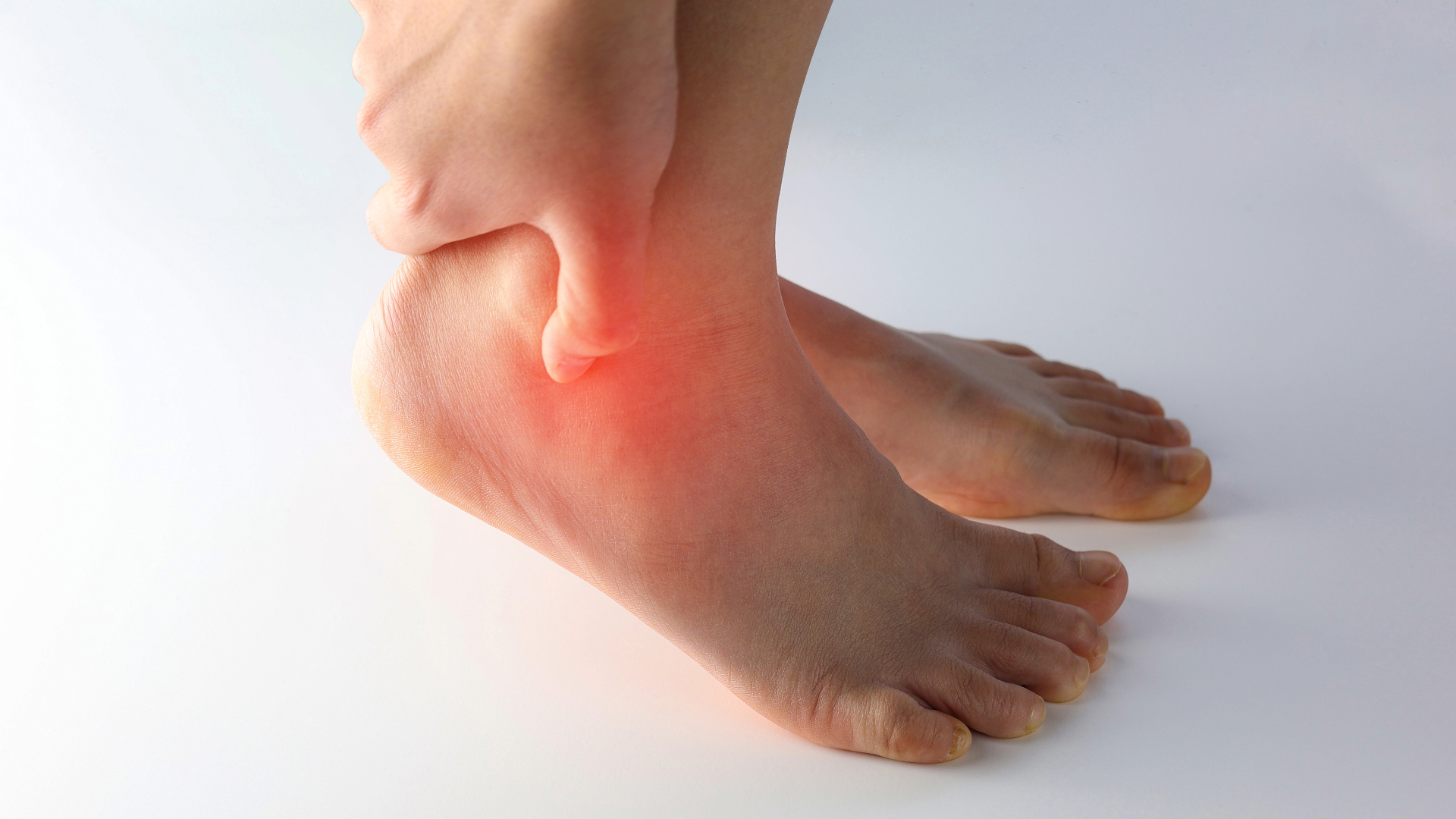
Pain, inflammation, reduced mobility: tendon problems such as tendinitis and tendinosis can make even the simplest gestures difficult. Understanding their origins and mechanisms is essential to prevent and deal with them in the most effective way.
What is a tendon and what is it used for?
Tendons are fibrous connective structures that have the function of joining muscles to bones. It is they that, through their tension, allow the transmission of force from the muscle to the skeleton, thus allowing the effective possibility of movement.
Tendons have very variable anatomical shapes and sizes, depending on the muscle of which they are the extension and the joint on which they are inserted. For example, the tendons of the lower extremities that generate explosive power and force, such as the Achilles tendon or the quadriceps tendon, are very short and wide. In contrast, the tendons of the upper limbs, which preside over fine and delicate movements of the hands and fingers, are long and thin.
The main function performed by tendons is to store elastic energy in the form of tension, and then release it explosively during movement. This ability, called tendon elasticity, saves energy and optimizes muscle performance.
Why tendons become inflamed
Tendons, like all structures in our body, can undergo inflammatory and degenerative processes, known as tendinopathies. There can be many reasons for this:
– Functional overload, when the tendon is chronically subjected to excessive stimuli compared to its current capacity
– Repeated micro-traumas, for example due to incorrect sports or work gestures that progressively damage the tendon
– Metabolic alterations that reduce the supply of nutrients and oxygen to the tendons
Poorly vascularized and irrigated areas of the tendons are more prone to inflammation, which over time can become chronic, giving rise to degenerative tendinosis. The internal arrangement of the collagen fibers is also altered.
Is rest good or bad?
After an overload or acute trauma to a tendon, we instinctively tend to rest the inflamed structure. In fact, several studies have shown that prolonged rest or even immobilization worsens the state of tendons.
In fact, putting a tendon completely to rest alters its natural physiological processes: collagen synthesis decreases, fibers lose their functional organization and enzymes that destroy tendon components increase.
For this reason, after acute damage, it is better to gradually reduce the loads on the tendon, without immobilizing it completely. Maintaining a certain controlled stimulus prevents the weakening of the structure. Even after a period of rest, it is important to progressively increase the loads, in order to adapt the tendon again.
How to Treat Tendon Problems
To treat tendinopathies and prevent them from recurring, the most effective therapeutic approaches are:
– Controlled weight-bearing exercises, especially eccentric exercises, to stimulate tendon regeneration without overloading it
– Progressive increase in the functional load on the tendon, to readjust it to the effort
It is essential to correct any incorrect gestures or postures, which are the cause of the problem, and always perform an adequate warm-up before loading the tendon.
Preventing tendinopathies is possible, first of all by avoiding the functional overload of the tendon and treating any trauma or inflammation in the bud. With the right therapies and proper movement re-education, even chronic tendons can be restored to new health.


